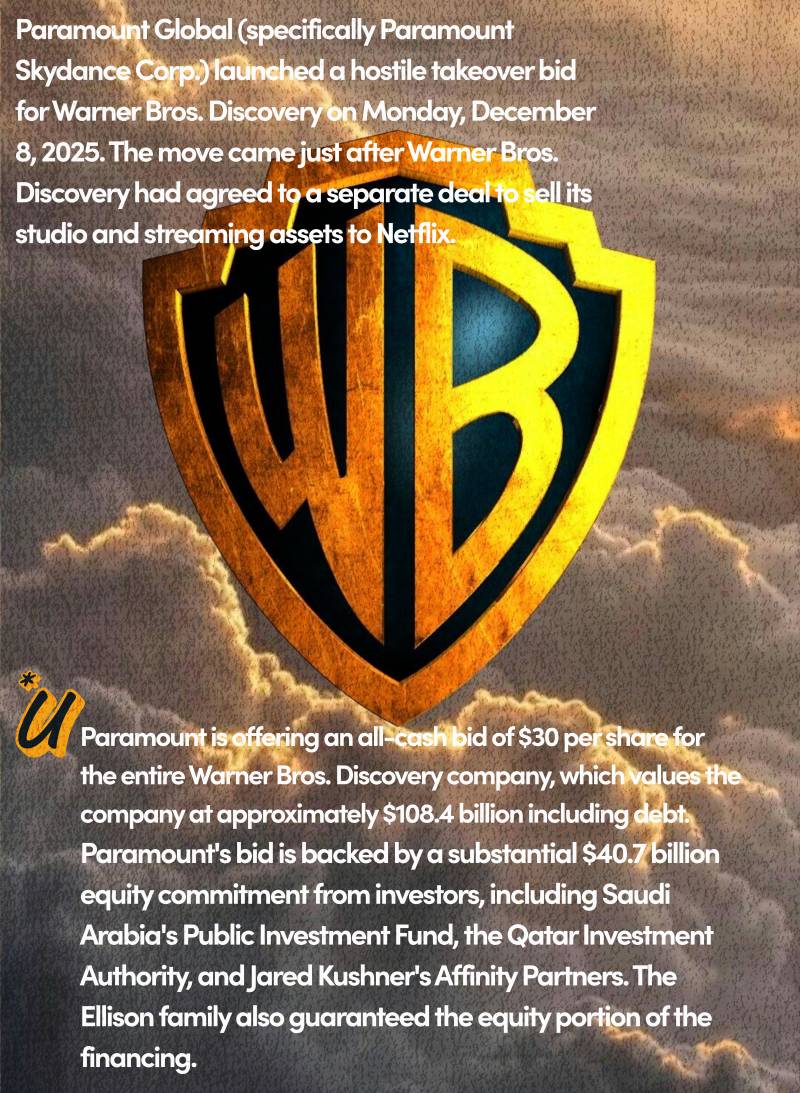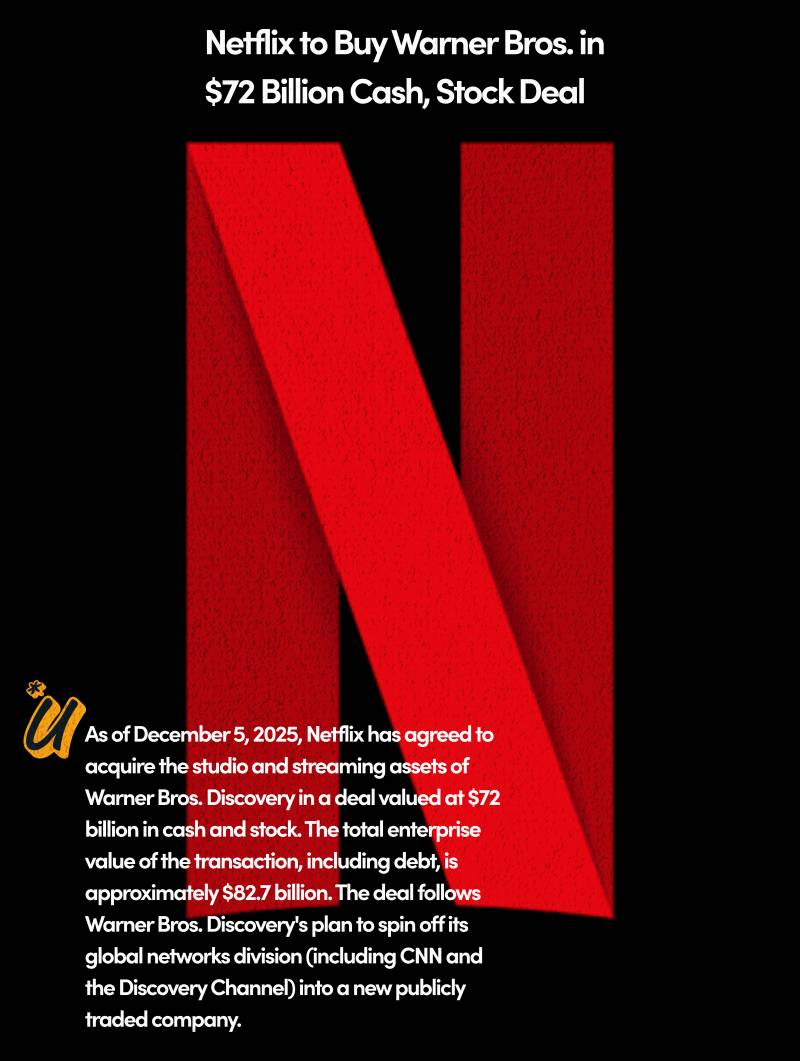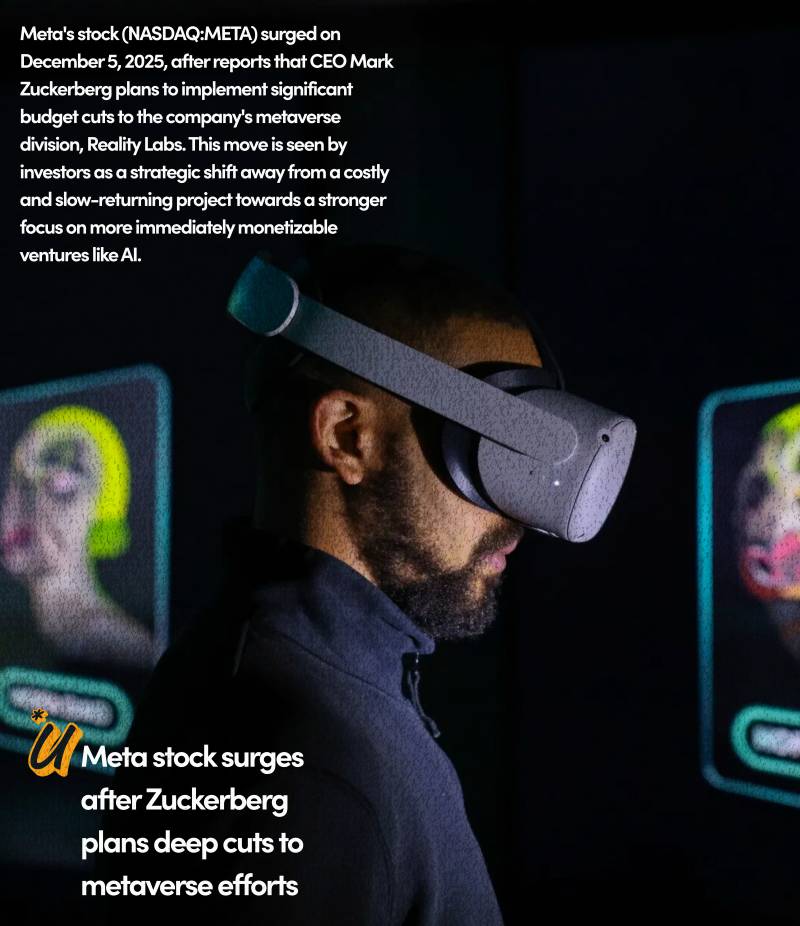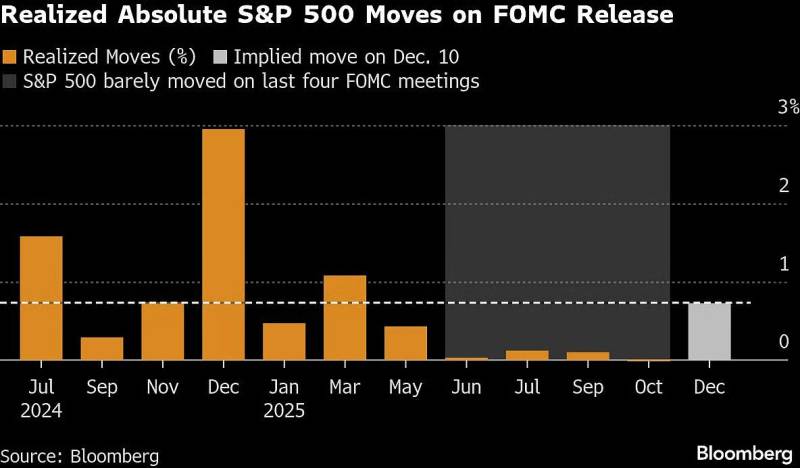How do you navigate an immersive virtual environment that is still largely notional but attracts billions of visitors and even more money? Buckle up, because things are about to get crazier as you go deeper.
One of 2022's most talked-about locations is still in the early stages of development and is frequently misunderstood, beginning with the fact that it isn't, technically speaking, real. Despite this inherent disadvantage, the metaverse has attracted some of the world's most well-known businesses, from Sotheby's to the NFL, who have set up shop in the virtual realm to release capsule collections, mint NFTs, and auction off multimillion-dollar digital artworks. The metaverse also became the hottest concert venue in pandemic-stricken 2021, with A-list performers by Ariana Grande, Lil Nas X and Justin Bieber, all in avatar form.
The Lay of the “Land”
Whatever you’ve heard about the metaverse, the reason you’ve heard of it at all is almost certainly Facebook’s October 2021 announcement that it would be investing “many billions of dol- lars for years to come” into the space, during a presentation in which CEO Mark Zuckerberg declared, with the fervent, unblinking enthusiasm of a newly initiated cult member, that the company was also changing its name—to Meta. Based on the rendered animations and demos shown during the announcement, the rebranded tech giant’s idea for its namesake future seems to boil down to a very boring Matrix taking place inside a Nintendo Wii, where you hang out, work and take exercise classes in fully immersive 3-D.
However, such a hyperscale interconnected virtual environment is just one of many possible metaverse futures, and it isn't everyone's first option. According to Karinna Grant, cofounder and co-CEO of the Dematerialised, a maker of and "marketspace" for digital apparel, accessories, and collectibles, "the metaverse is kind of the marriage of crypto with gaming right now." While cryptocurrency provides some finance and much of the metaverse's lexicon, gaming is the metaverse's technological basis, a digital-native business with billions of global players that has been generating immersive realms for decades.
How do I gain access?
Many people envisage putting on a virtual-reality headset and strolling about the type of confined, organized place we're used to in the physical world when they think of the metaverse: walking a virtual main street, popping into a virtual boutique.
These are the present-day, small-metaverses that may one day be incorporated into a vast, interconnected capital-M Metaverse, with the theoretical ability to travel among worlds with all of your likenesses and inventory in tow, known as interoperability. There are many ideas of the future metaverse that don’t include interoperability on such a grand scale, or even at all, but if you want to understand all the headlines about luxury brands jumping into the space, consider that Meta, the seventh-largest company in the world by market cap, just committed to building its infrastructure.
What Happens to the Valuables?
The metaverse's current main attractions are art and retail, and nearly every newsworthy, big-name sale in the metaverse has been an NFT, from those Bored Ape cartoons infiltrating Twitter avatars to the unsanctioned "MetaBirkin" virtual representation of the famous Hermès handbag that sold for over $40,000—currently the subject of a lawsuit by the French luxury house—so far. This refers to a "non-fungible token," which refers to both the virtual creation and the matching certificate of ownership and authenticity (the token) that exists on the blockchain and is updated with each transfer of ownership.
A more elegant and contextual option is to use dedicated NFT viewers, such as those from Mynt, Spatial, and CryptoVoxels. studio for cyberart Accursed Share, which most recently collaborated on a series of multimedia NFTs with celebrity photographer Frederic Auerbach, featuring behind-the-scenes images and video from shoots with Mike Tyson, Natalie Portman, Zendaya and other stars, is working on its own proprietary NFT viewer. More useful still are in-real-life NFT frames, such as Samsung’s Frame TV, that can display your digital artwork on your physical walls.
And yet, as with the rest of the metaverse, nearly all retail remains confined within two-dimensional device screens, despite the potential of 3-D virtual reality. “When I tried on a VR headset for the first time, I was like, ‘I’m not a gamer, but I’d love to shop like this,’ ” says Neha Singh, former head of product for Vogue.com and founder of Obsess, which since 2018 has been building bespoke virtual-shopping platforms for luxury brands including Fendi, Ralph Lauren, Ferragamo and Vacheron Constantin. “For the first few years of the company, we were building for virtual-reality headsets,” she says. “But of course, it was too early for headsets.”
But for the foreseeable future, everything’s in NFT, especially given the favorable economics involved. Unlike with virtual goods, resale terms can be baked into the NFT contract at the blockchain level, ensuring that for every resale transaction going forward, the artist or brand gets a fresh percentage of the sale. It’s a revenue stream, in perpetuity, for each and every digital artifact created.
Who is the owner of the real estate?
Despite the metaverse's theoretical promise of an infinite, unbounded new cosmos, virtual entrepreneurs have been hard at work constructing blockchain-backed digital real estate, which digital speculators have eagerly purchased. Decentraland bills itself as the "world's first fully decentralized virtual world," with a Roblox-style creation engine, peer-to-peer marketplace, and gaming world where users can buy, sell, and even rent virtual land using the Ethereum blockchain. It's run by a decentralized authority organization, or DAO, which is popular in the bitcoin and digital-arts communities. It has no defined leadership and makes decisions by voting on proposals given by members. Meanwhile, Upland decided to cash in on the boiling real-estate mania by selling GPS-perfect, block-chain-backed inventories of New York, Los Angeles, and other major US housing markets, sending physical property owners scrambling for their calculator apps, wondering just who owns their plot in the metaverse—and how much they paid for it.
And after two years of mainly keeping the global economy going despite sporadic lockdowns and extensive social isolation, the metaverse, in all its inherently remote, online, chatting, emoji-ing virtual connection, now feels not only feasible, but familiar. The virtual horizon isn't as far away as we originally imagined, and the metaverse has an inherent survival advantage that no rational observer of modern culture would dismiss: it's the only reality with a selfie perspective.




